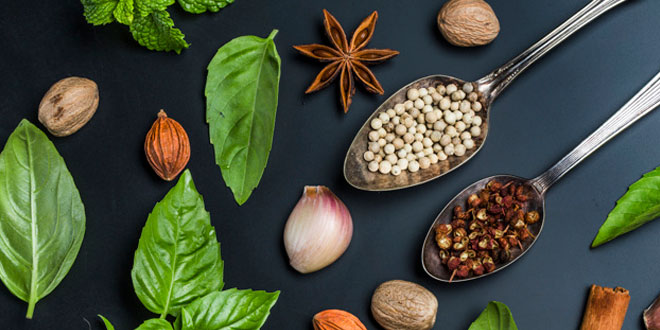Question: How will you test a leaf for starch? Mention any precaution you will take?
Answer: Starch test:
- Pluck a leaf from a plants which has been exposed to sunlight.
- Boil it for about few minutes in water to soften it.
- Place it in a test tube containing alcohol.
- Place this test tube in a beaker of water and warm the water gently until the alcohol begins to boil. (caution: Do not allow the water in the beaker to boil).
- The alcohol will dissolve the chlorophyll and the leaf will lose its green color.
- Wash the leaf in the warm water to remove the alcohol.
- Now spread the leaf out on a white tile and pour iodine solution on it with water.
- Hold it up against the light.
- You will observe that parts of the leaf become blue black. These parts of the leaf have starch in them.
Question: How do plants get Nitrogen to synthesize proteins?
Answer: Though air contains large amounts of Nitrogen, plants cannot absorb Nitrogen directly. They get Nitrogen in two ways:-
- Soil contains certain bacteria called Rhizobium that can convert atmospheric Nitrogen into water – soluble compounds. Plants absorb these compounds along with water to get Nitrogen.
- Farmers add fertilizers rich in Nitrogen to the soil. These are absorbed by plants.
Question: Explain the following with the help of an example for each.
Answer:
- Parasitic nutrition: Some organisms live in or on other living organisms and derive their food from then. For example – dodder is a plant that sucks the food from other plants, these plants are known as parasites. These plants from which they get food is known as host. There are Partial Parasitic plants too – These parasites are green plants and can make their own food but they are dependent on the host plant for shelter and obtaining water and minerals for the food they make. For example Loranthus.
- Symbiosis: The association between plants which mutually benefit each other is called symbiosis. For example – Lichens in this the fungus supplies water and minerals to the cells of the algae while the algae supplies food to the fungus.
- Saprophytic nutrition: Some non green plants live on dead and decaying plants and animals and derive there food for them. Examples are mushrooms and other fungi and bacteria. They secrete digestive juices on the dead and decaying matter. This converts solid matter into liquid form.
Question: Why are manures and fertilizers added to the soil in a form?
Answer: Manures and fertilizers are added to the soil to enrich the soil with required nutrients and nitrogen, so that plants grow rapidly and nutrients get replenished in the soil. These fertilizers add nutrients like Nitrogen, Phosphorus, Potassium to the soil.
Question: Distinguish between parasites and partial parasites in plants giving one examples of each.
Answer: Difference between parasitic plants and partial parasitic plants is as follows:
Question: Why do organism need to take food?
Answer: Food is needed by all living organisms for four main purposes:
- An important function of food is to help a living organism to grow, if enough food is not given or it is not of right kind, growth will not be sufficient or healthy.
- Second important function of food is to provide energy.
- We need energy for doing physical work. We use more energy when we run than we walk and less energy when we sleep.
- Food is also needed by living beings for replacement and repairing their damaged body parts.
- Food gives us resistance against diseases and protects us from infections.
 Class Notes NCERT Solutions for CBSE Students
Class Notes NCERT Solutions for CBSE Students



It was a nice experience